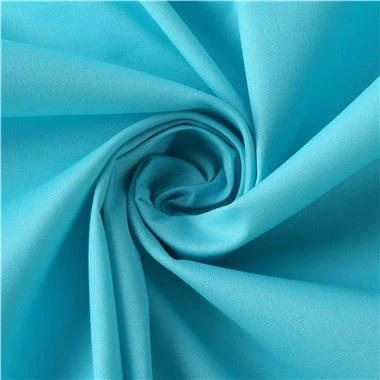Hot Air Nonwoven Fabric Process
Nov 27, 2024
Hot air nonwoven fabric is created by a process that uses high-pressure hot air to bond polypropylene or polyester fibers at high temperatures, resulting in a nonwoven material. This technique is more efficient, cost-effective, and maximizes the use of raw materials compared to conventional textile production methods. The following is the production process of hot air nonwoven fabric.

The first step in the production process is the preparation of raw materials. The primary material for hot air nonwoven fabric is polypropylene fiber. Initially, the raw pellets are processed through an extrusion machine to form granules. These granules are then placed in a high-temperature hot air machine, which heats them above their melting point, turning them into a molten state.
Following this, the molten material is projected onto a rotating screen plate that is perforated with small holes. As the molten substance passes through these holes, it is expelled in the form of fibers. This process is referred to as melt-blowing.
Afterward, the fiber-like molten material is directed into an air-blowing system. This system includes a rotating core, from which the fibers are sprayed out, and hot air is used to disperse them. The goal of this process is to form a mesh structure for the nonwoven fabric.
Throughout the expansion process, the molten material's fibers solidify and merge to form the nonwoven fabric fibers. This results in a fiber network with many voids, which allows the fabric to have both air permeability and filtration functions.
Finally, through processes such as stretching, shaping, and cooling, the hot air nonwoven fabric is fully formed. The stretching and shaping steps are intended to enhance the fabric's strength and stability, while cooling ensures the fibers solidify completely, improving the overall quality of the nonwoven fabric.
The quality of hot air nonwoven fabric largely depends on two key processes: melt spinning and air-blowing. Melt spinning requires careful control of the temperature and extrusion speed to achieve stable and uniform fiber formation, while air-blowing demands precise regulation of pressure and airflow to ensure a consistent and stable web structure.
By utilizing the hot air nonwoven fabric production process, nonwoven fabrics for various purposes can be produced. These fabrics are extensively used in areas like household products, medical hygiene, industrial filtration, and agricultural protection, and their superior performance and cost-effectiveness make them an integral material in modern industrial manufacturing.







